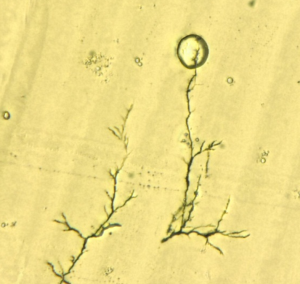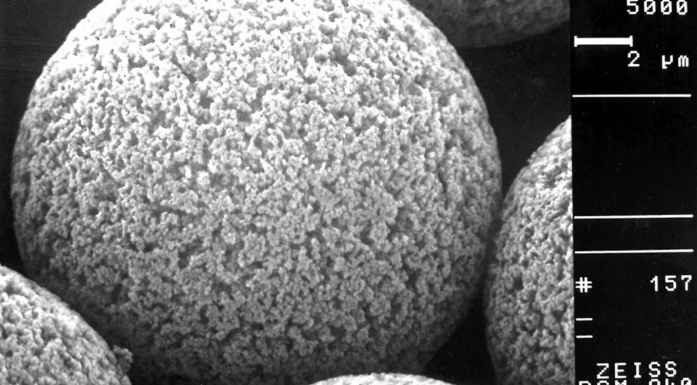Self-repairing subsea material
Embryonic faults in subsea high voltage installations are difficult to detect and very expensive to repair. Researchers believe that self-repairing materials could be the answer.
The vital insulating material which encloses sensitive high voltage equipment may now be getting some ‘first aid’.
“We have preliminary results indicating that this is a promising concept, but we need to do more research to check out other solutions and try the technique out under different conditions”. So says SINTEF researcher Cédric Lesaint, who is hoping that the industry will soon wake up to the idea.
The technology used involves so-called ‘microcapsules’, which are added to traditional insulation materials and have the ability to ‘sniff out’ material fatigue and then release repairing molecules. The team working on this project is made up of chemists, physicists and electrical engineers. If they succeed, they may have discovered the next generation of insulating materials which can be applied in costly electrical installations.
Electrical trees
So-called electrical trees develop in electrical insulation materials that are approaching the end of their useful lives. Electrical stress fields exploit small weaknesses in the insulation material and generate hair-thin channels that spread through the material like the branches of a tree. When the channels finally reach the surface of the insulation material, the damage is done and short-circuiting will occur.
“Short-circuiting is almost always linked to an electrical tree”, explains Lesaint’s colleague, Øystein Hestad.
Faults of this kind are extremely expensive to repair, especially if they occur in a device installed on an offshore wind farm or a subsea oil production installation – perhaps even under inhospitable Arctic conditions.
Under such conditions, say researchers, self-repairing insulation materials represent a cost-effective alternative to traditional repair methods.
Microcapsules
SINTEF researchers have based their work on an established idea developed to repair mechanical damage and cracks in composite materials. The composites are mixed with microcapsules filled with a liquid monomer – single molecules which have the property to join with each other (polymerise) to form long-chain molecules. If cracks or other forms of damage encroach on the capsules, the monomer is released and fills the cracks.
“As far as we know, we’re the first to have tested this technique on damage resulting from electrical stress fields”, says Lesaint.
The microcapsules they incorporated into the insulation materials burst when they encounter one of the branches of an electrical tree. The liquid monomer then invades the thin channels forming the ‘tree’ and polymerises. The channels are filled in and the electrical degradation of the insulation material is halted.
In this way the ‘immune defences’ of the insulation material are strengthened, and the lifetime of the installation extended.
Looking for partners
This summer, the SINTEF research team presented the concept at a conference in Philadelphia, USA.
“Many people were surprised, especially when they realised that we had chosen to share the concept with others”, says Lesaint. “Taking the chance that other researchers might steal such a good idea is a risk we have to take”, he says.
The industry has also expressed some interest, but so far not enough to consider funding further research.
“We’re being met with curious interest, but have been told to come back when we have more test results”, says Lesaint. “The problem is that at present we have insufficient funds to conduct the research needed to carry the project forward”, he says.
Next year will thus decide as to whether this self-repairing project will take the step from being a promising concept to becoming the next generation of insulation materials.





